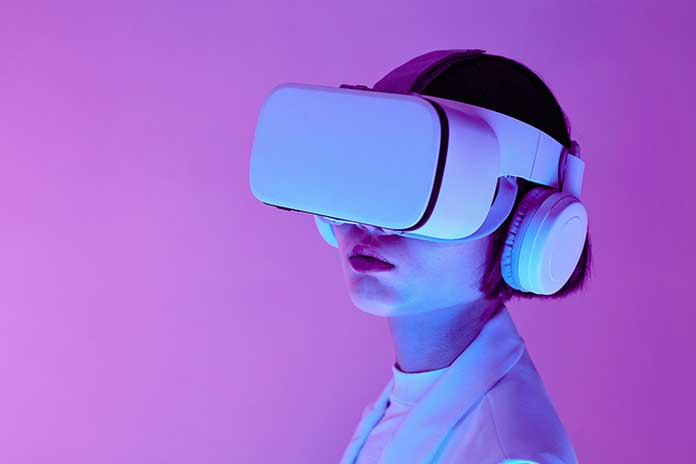Online shopping has come a long way from static product pages and endless scrolling.
Augmented Reality (AR) and Artificial Intelligence (AI) are leading this shift, making eCommerce ultra engaging.
If you’re not thinking about AR and AI yet, you’re already a step behind.
Here’s how these technologies are reshaping customer expectations – and how eCommerce development companies are helping brands keep up.
1. See It Before You Buy It: AR Brings Products to Life
Photos can only do so much.
With AR, customers can:
- Place furniture in their real living rooms through their phones
- Try on glasses, shoes, or makeup virtually
- Visualize how clothing fits their body type without stepping into a store
Examples:
- IKEA Place app lets users drop 3D models of furniture into their home space before buying.
- Warby Parker uses AR to help customers try on glasses instantly via smartphones.
- Sephora Virtual Artist allows customers to test makeup products on a live camera feed.
Retailers that integrate AR product previews see lower return rates, higher confidence in purchases, and longer session times.
This isn’t a bonus feature anymore. It’s becoming part of the basic shopping expectation. And companies like Webmeridian help make it real.
2. Smart Suggestions That Feel Human, Not Robotic
AI is getting better at personalizing the journey without feeling creepy.
Modern AI systems track micro-signals like:
- Browsing time on specific categories
- Color or size preferences based on cart history
- Timing and frequency of visits
Based on this, they recommend:
- Smarter bundles (“These shoes match your selected jacket.”)
- Relevant promotions (“You might love this based on what you browsed.”)
- Personalized landing experiences (“Welcome back! Here’s what’s trending in your style.”)
Examples:
- Amazon’s “Recommended for You” section updates in real-time based on browsing behavior.
- ASOS offers style suggestions using AI based on purchase history and recently viewed items.
- Nike App customizes product drops based on users’ past activity and interests.
Frameworks like Laravel make it easier to build modular, AI-driven backends that push dynamic content without slowing down the site.
Also Read: How To Improve The Conversion Rate Of A WooCommerce Site
3. Redefining Loyalty Through Immersive UX
Shopping isn’t just about products anymore.
It’s about how people feel when they shop.
AR experiences and AI-driven personalization turn everyday shopping into exploration:
- Users spend more time engaged
- They interact with products before buying
- They build emotional connections with brands that “get them”
Examples:
- Gucci’s AR sneakers: Customers can try on virtual sneakers and buy limited editions directly through the app.
- L’Oréal’s Modiface AR app lets users test full makeup looks before purchasing online.
Working with a Magento 2 development company that understands how to integrate AR/AI layers into scalable eCommerce platforms is crucial.
It’s not about flashy experiments. It’s about building real, revenue-driving features customers actually use.
4. The Future Is Visual, Predictive, and Fun
By the end of 2025, the best eCommerce stores won’t look like static grids of products anymore.
They’ll feel more like interactive showrooms:
- Tap to place a couch in your space
- Swipe through curated bundles based on your mood
- Get real-time advice from an AI shopping assistant
Brands that invest in these experiences today aren’t chasing trends. They’re building the standard for tomorrow’s shoppers.
Final Word
Augmented reality and AI aren’t just tech upgrades. They’re game changers for UX – and they’re raising the bar for what customers expect online.
The brands that win won’t be the ones with the most ads. They’ll be the ones who make shopping personal, playful, and surprisingly human – powered by the smartest tech under the hood.
If your store still looks like a catalog from 2015, it’s time to rethink the future. Because your customers already are.
Also Read: 7 SaaS Best Ecommerce Platforms – Advantages And Disadvantages

